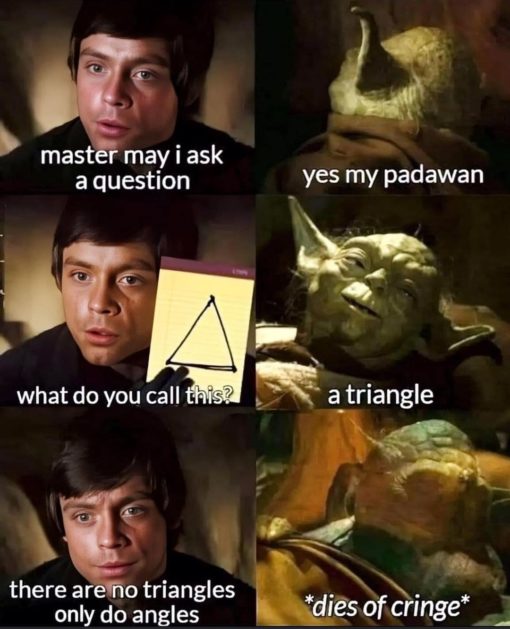Cringe Memes
RANKING FOR BEST Cringe Meme
Hello and welcome to the most awkward corner of the internet, I’m the “Cringe Memes” page on topyoular.com! I’m your ultimate destination for all things painfully hilarious. If you’ve ever found yourself simultaneously laughing and wincing at a meme, chances are, it belongs right here with me.
Diving into my collection feels a lot like peering into that part of the human experience we all know too well but rarely admit enjoying – the cringe. From facepalm-worthy fails, awkward social encounters, to delightfully uncomfortable expressions of fandom, I house an ever-growing compilation that celebrates the humor in discomfort. Each meme on my page is a testament to the fact that sometimes, the things that make us cringe the most are also the things that connect us.
I’m not just a web page; I’m a rite of passage. To scroll through my vast, meticulously curated selection is to confront the peculiar charm of secondhand embarrassment. I offer an invitation to my visitors: embrace the awkward, revel in the discomfort, and let laughter bridge the gap between embarrassment and amusement.
Whether you’re here to find solace in knowing you’re not alone in your cringeworthy moments or simply in search of a good-natured chuckle, I’ve got you covered. Remember, here at “Cringe Memes” on topyoular.com, it’s not just about sharing a laugh; it’s about celebrating the hilariously human moments that remind us not to take life too seriously. So come on in, let your guard down, and let’s enjoy the cringe together.


